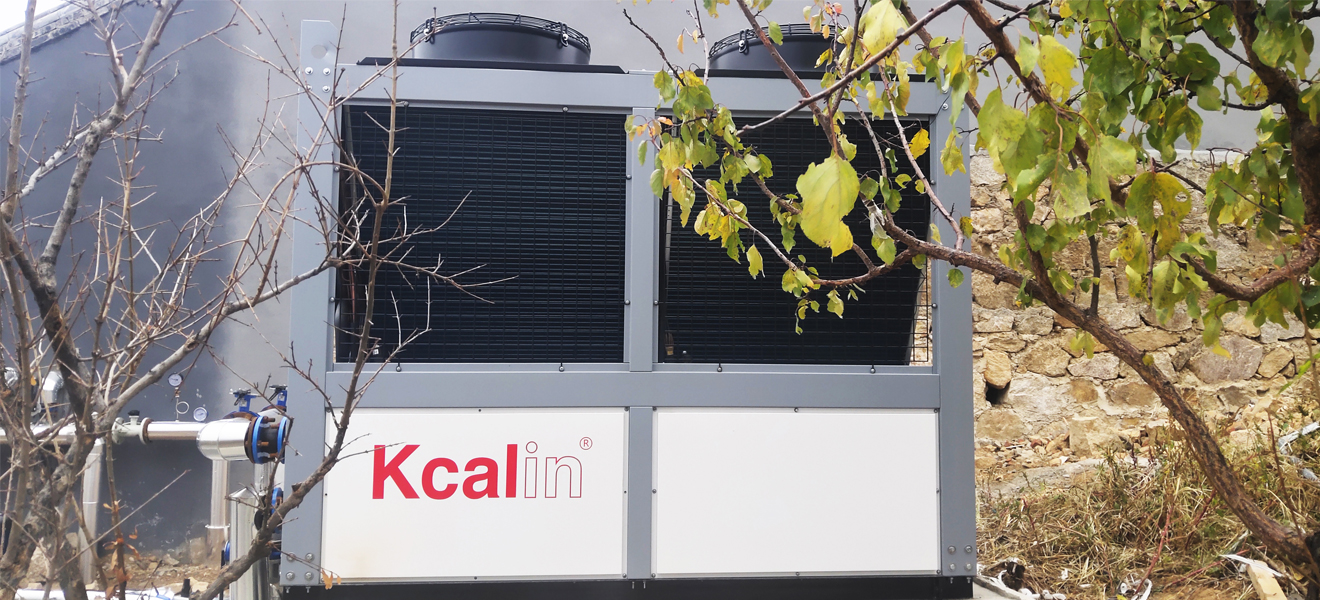With the arrival of winter, the severe cold climate in the north has once again become a hot topic of discussion. Especially in the Northeast region, winter temperatures often drop to several tens of degrees below zero, making heating particularly important. In recent years, air heating has gradually gained attention and favor as a new environmentally friendly heating method. So, how effective is air heating in the harsh climate of Northeast China? Can it really make people worry free in the face of severe cold?
Air heating is a technology that utilizes the heat in the air for heating. Its working principle is similar to air conditioning, which absorbs low-temperature heat from outdoor air through an air source heat pump, compresses it to increase the temperature through a compressor, and then releases the heat indoors through a heat exchanger to achieve heating effect. The important components of an air source heat pump include a compressor, heat exchanger, expansion valve, and condenser.
Air heating has the following advantages:

Environmental protection and energy conservation: Air can be used for heating by utilizing the heat in the air, without the need to burn fossil fuels, so it will not produce exhaust gas and pollutants, making it environmentally friendly. At the same time, its energy efficiency ratio (COP value) is high, reaching over 3.0, which means that inputting 1kW of electrical energy can generate over 3kW of thermal energy, with energy-saving effects.
Safe and reliable: Air heating does not involve open flames or gas, eliminating potential safety hazards such as fires and gas poisoning during the combustion process.
High comfort: The air source heating system can achieve uniform temperature distribution, avoiding the uneven indoor temperature caused by traditional heating methods and improving the comfort of heating.
The winter temperatures in Northeast China can drop as low as minus 20-30 degrees Celsius, posing certain challenges for the application of air heating in this climate. Mainly reflected in the following aspects:
Energy efficiency reduction in low-temperature environments: The heat absorption efficiency of air source heat pumps decreases at extremely low temperatures, leading to a decrease in energy efficiency and potentially affecting heating effectiveness.
Frost problem: In low temperature and high humidity environments, the outdoor unit of the air source heat pump is prone to frost, which affects its normal operation and requires frequent defrosting.
In response to the severe cold climate in Northeast China, manufacturers and users of air source heating equipment have taken a series of measures to ensure stable and efficient operation in low-temperature environments.
Low temperature air source heat pump: Currently, air source heat pumps suitable for low-temperature environments have been launched on the market, using enhanced heating technologies such as jet enthalpy increasing technology, two-stage compression technology, etc., to improve the heating effect in low-temperature environments. These low-temperature air source heat pumps can operate stably in environments of minus 20-30 degrees Celsius, ensuring indoor warmth like spring.
Intelligent defrosting technology: In response to frost problems, modern air source heat pump equipment adopts intelligent defrosting technology, which automatically adjusts defrosting frequency and time according to environmental temperature and humidity, ensuring the normal operation and efficient heating of outdoor units.
System optimization design: When installing an air source heating system, optimize the system based on the climate characteristics of Northeast China, such as adding auxiliary heating equipment (such as electric heaters), strengthening insulation measures, etc., to further improve heating efficiency and stability.
In practical applications, many users in Northeast China have reported that the air heating effect is good, and even in extremely cold weather conditions, the indoor environment can still maintain warmth and comfort. Taking a resident in Harbin as an example, they installed a low-temperature air source heat pump last winter. After using it for a whole winter, the indoor temperature remained around 20 degrees Celsius, and the electricity bill was significantly reduced compared to traditional electric heaters, showing obvious environmental and energy-saving effects.
Air heating, as a new and environmentally friendly heating method, is gradually becoming popular in Northeast China. Despite facing the challenges of severe cold weather, the application effect of air source heating in Northeast China is significant through measures such as low-temperature air source heat pumps, intelligent defrosting technology, and system optimization design, allowing people to enjoy a warm and comfortable life even in the cold winter. With the continuous advancement of technology and policy support, the prospect of air heating will become brighter, bringing warm and environmentally friendly winter living experiences to more families.







Comment